
Let's go, girls.
Shania Twain is a goddamn icon, and her new Netflix documentary, Not Just A Girl, further cements that.
The film was released on July 26, the latest in Netflix's ever-growing catalogue of behind-the-scenes looks at the lives of the world's biggest pop musicians.
The documentary recounts Twain's entire career, from sneaking out of the house with her mother at night to sing in bars, to her fraught introduction to Nashville, to becoming one of the best-selling artists of all time whose influence and barrier-breaking paved the way for other stars.
Watch: Shania Twain's Not Just A Girl trailer. Post continues below video.
Twain also talks through one of the toughest periods of her life, when she discovered her husband Mutt Lange's affair around the same time she was diagnosed with Lyme disease and concerned she would never sing again.
Here are 13 of the most fascinating things Twain covers in Not Just A Girl.
Shania Twain had a difficult childhood.
Twain grew up in the mining town of Timmins, Ontario, about 700 kilometres north of Toronto.
She said her family - which included her parents Jerry and Sharon and five children - often struggled financially.

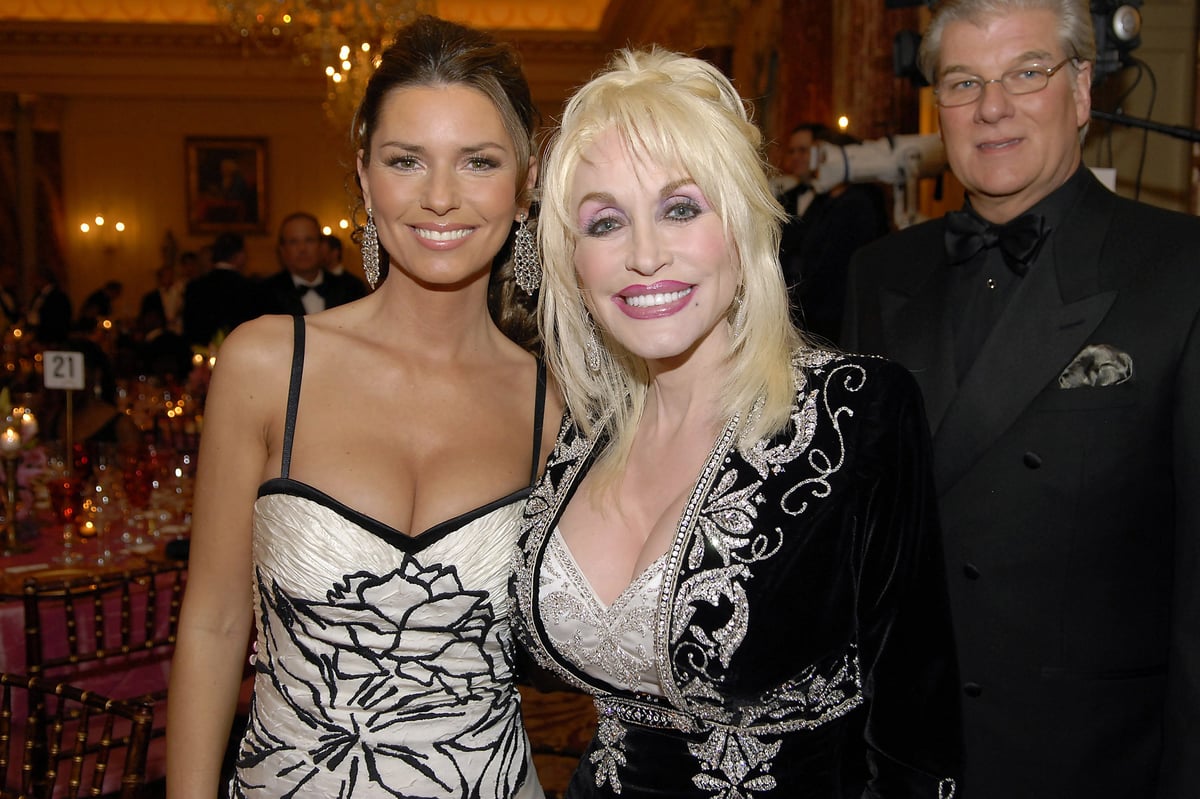
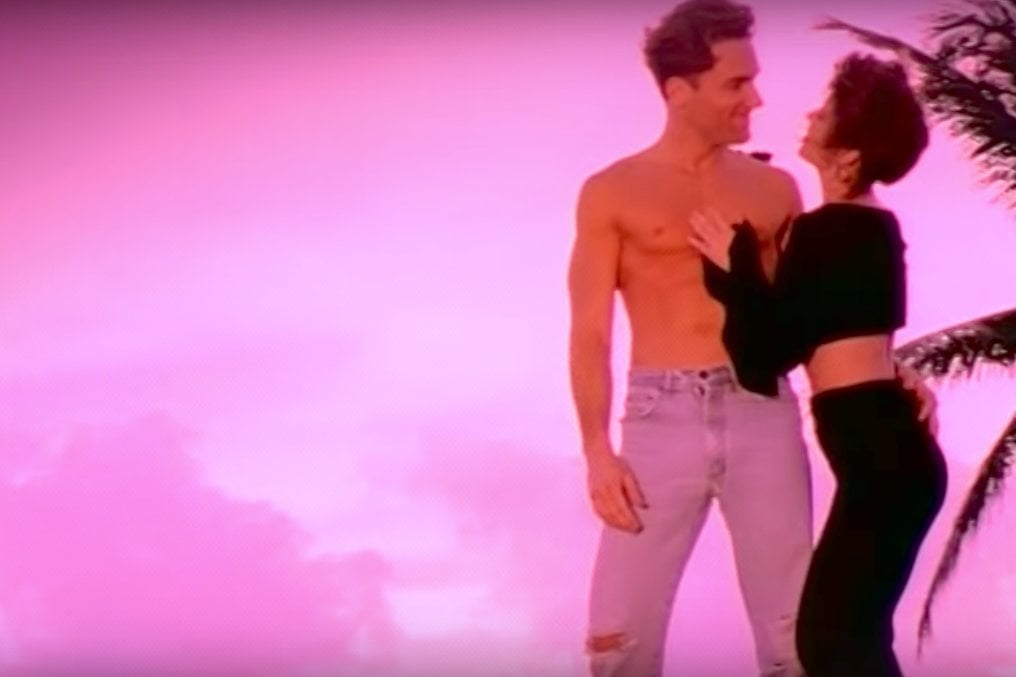
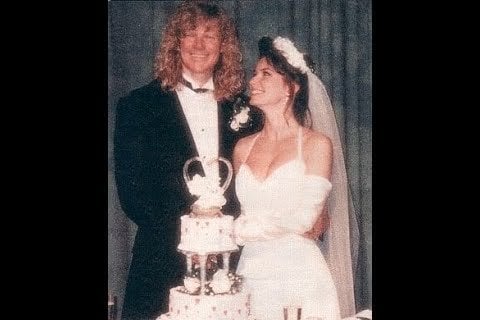
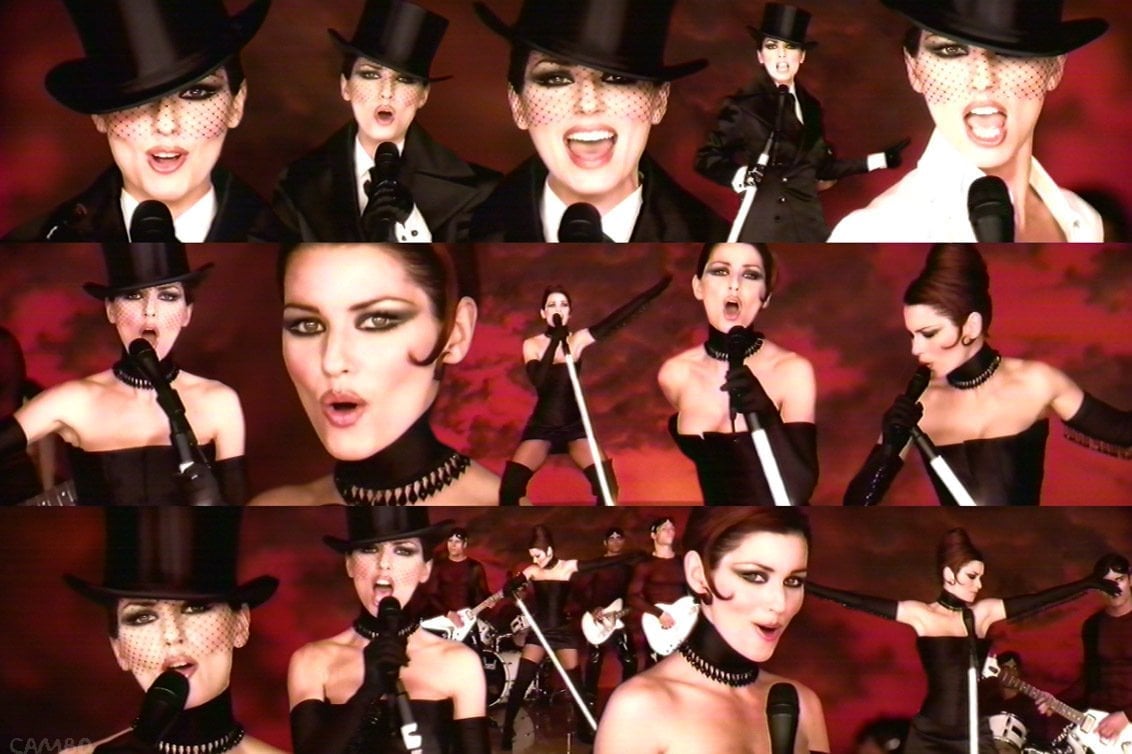
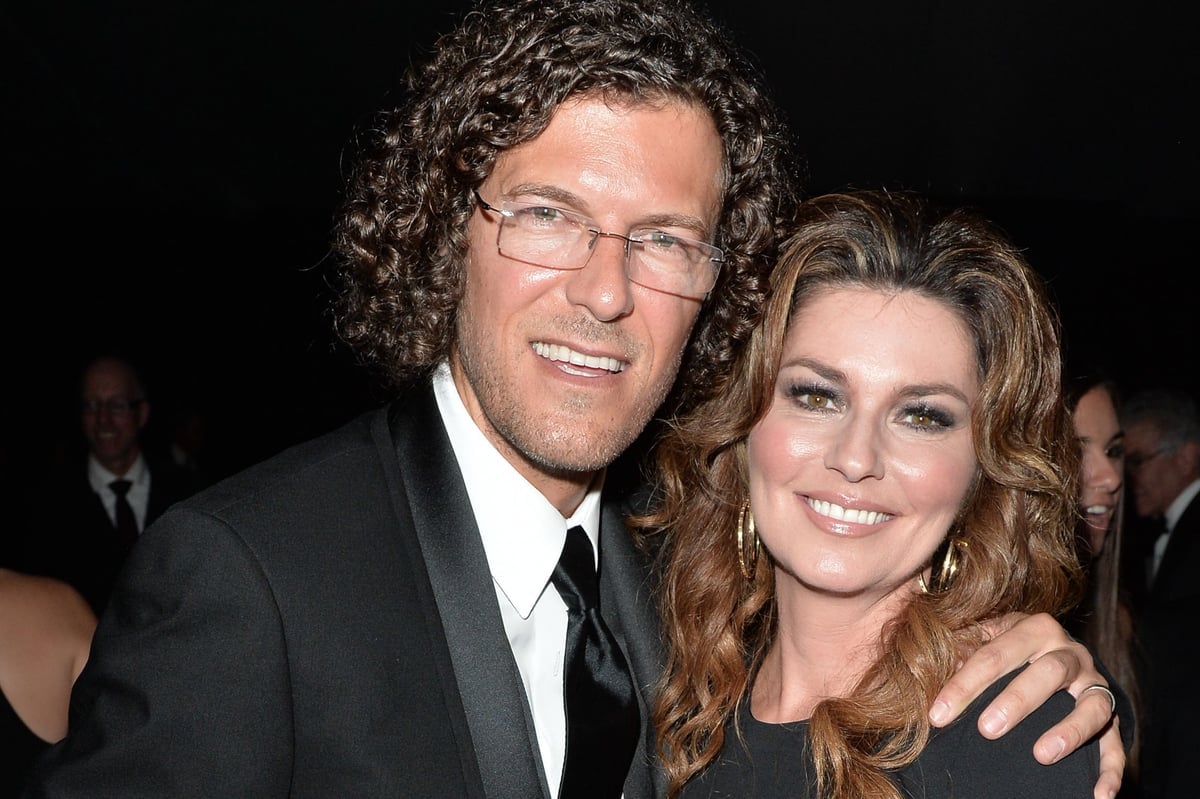
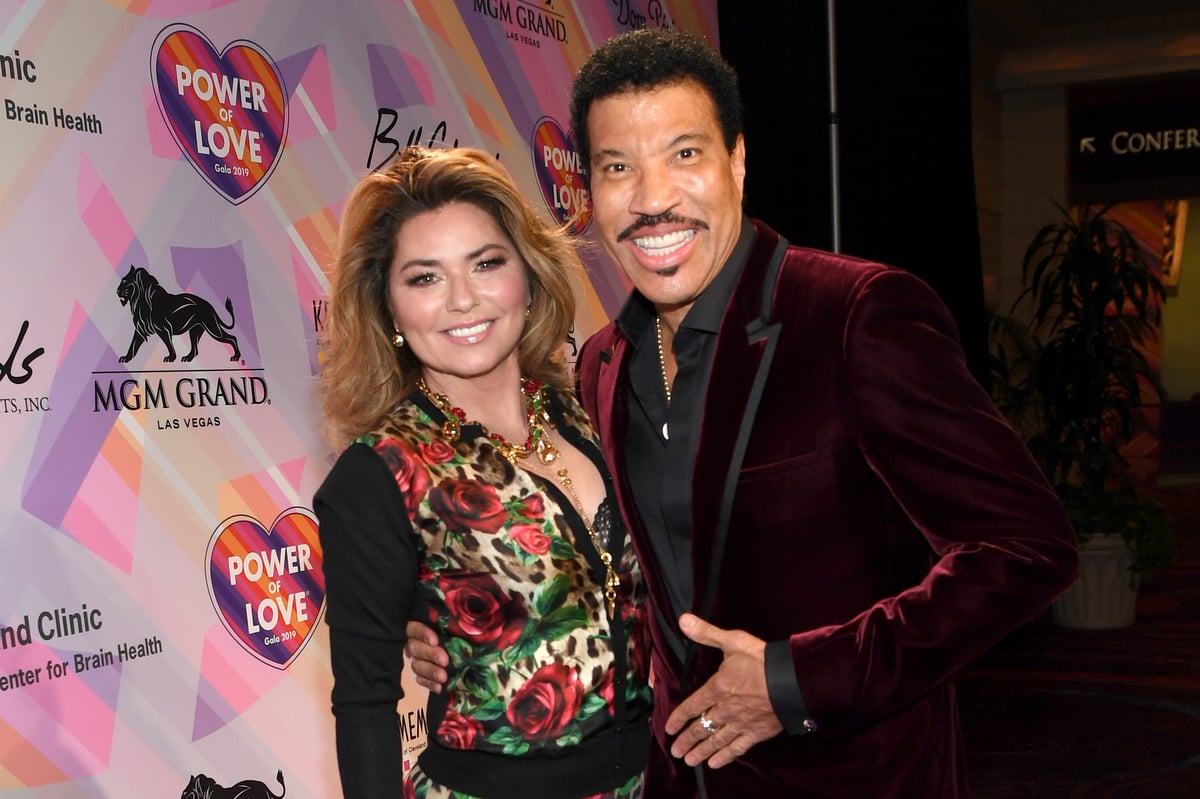
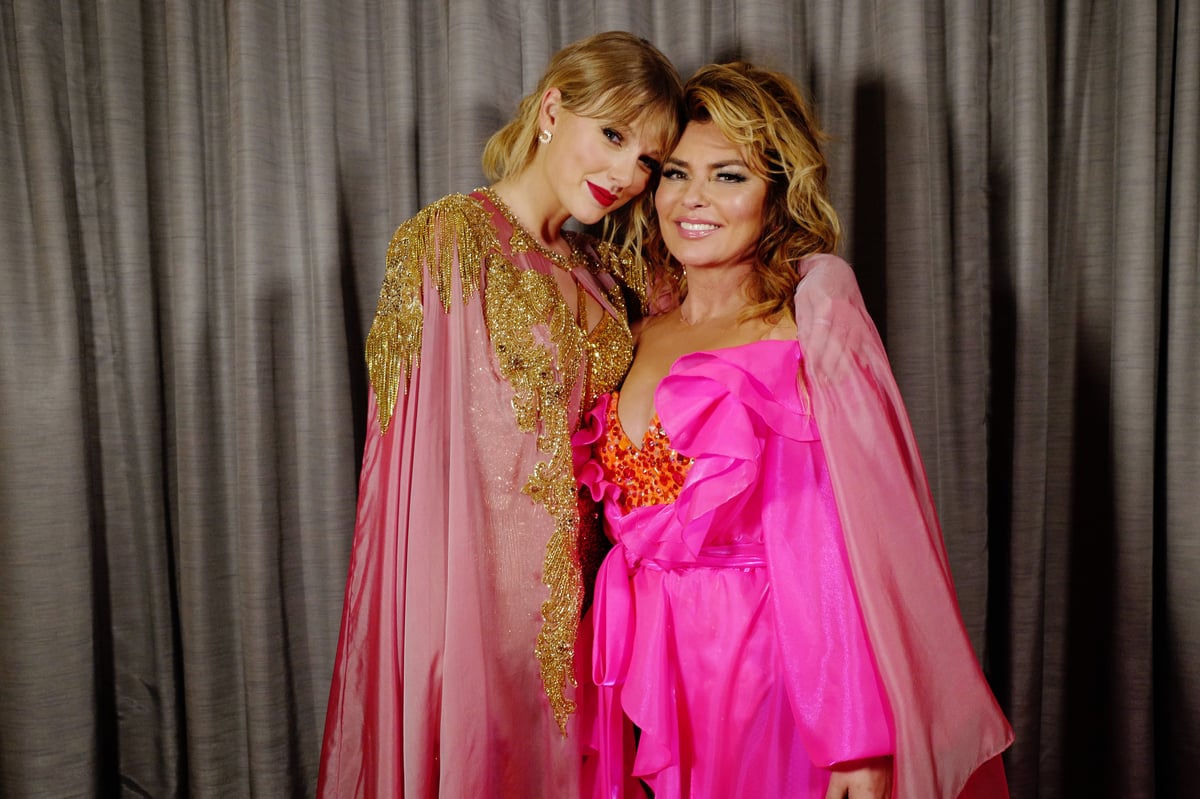
Top Comments